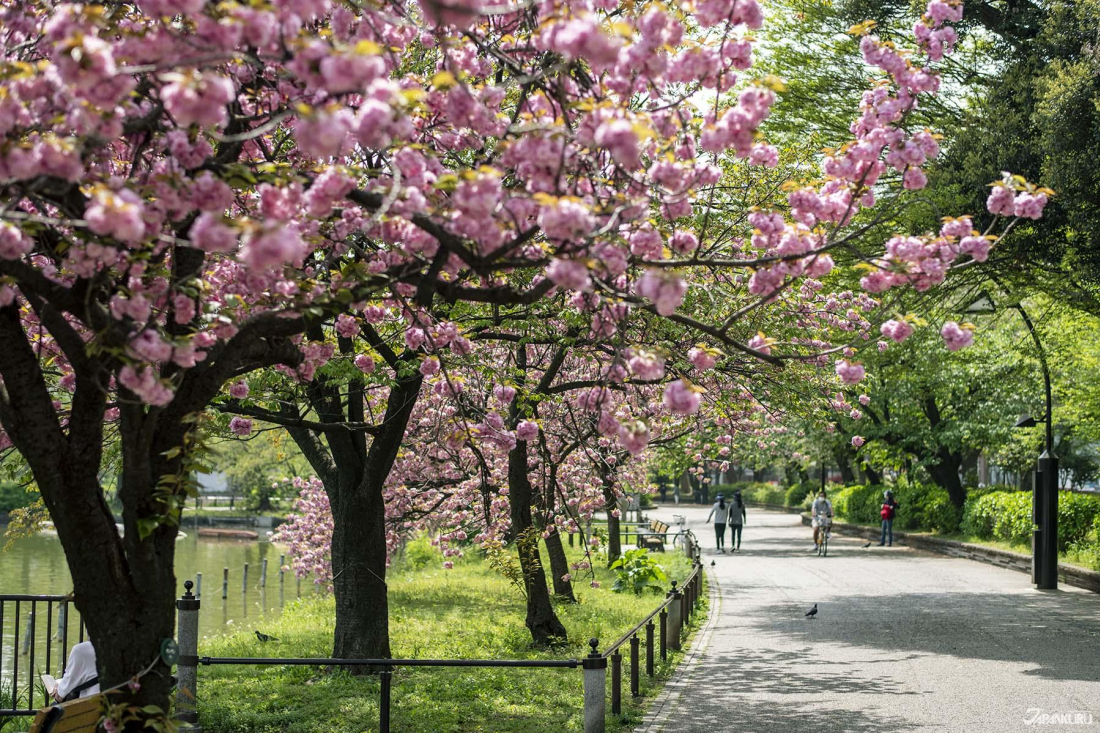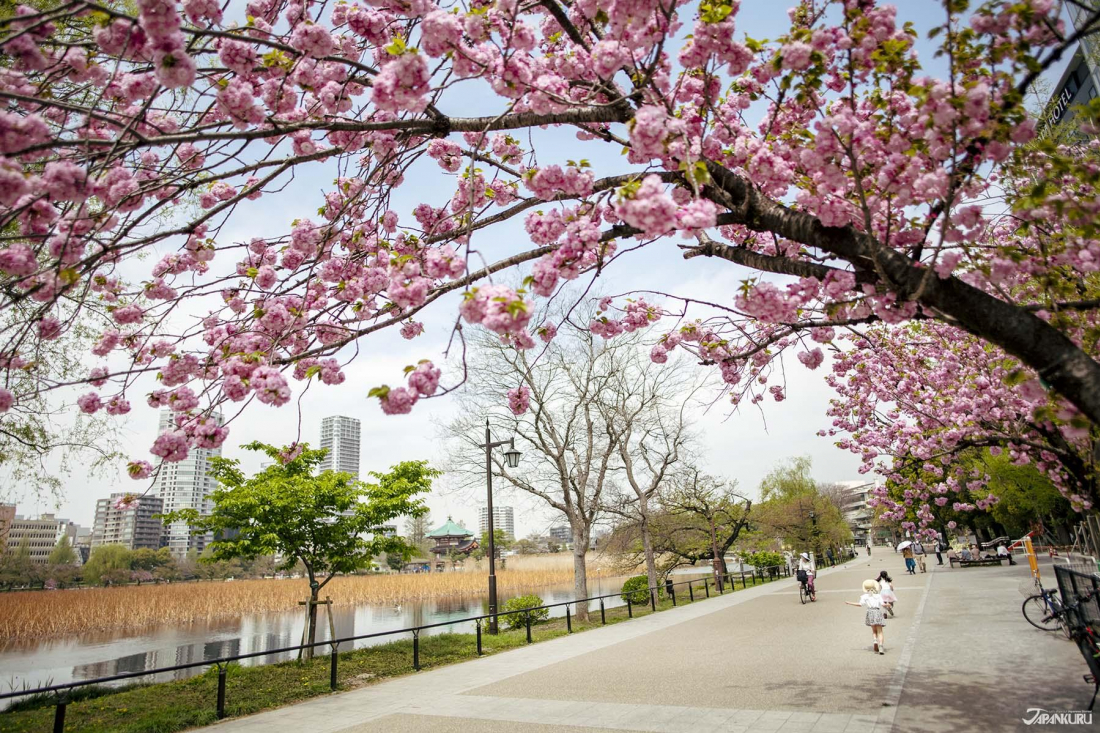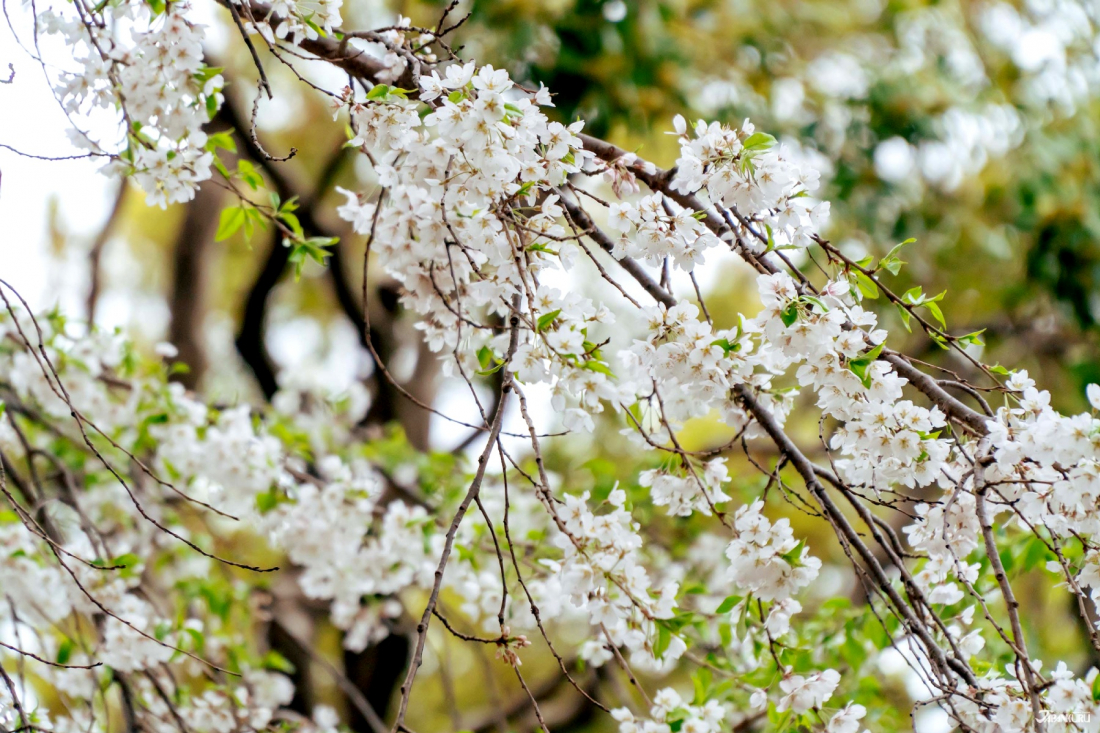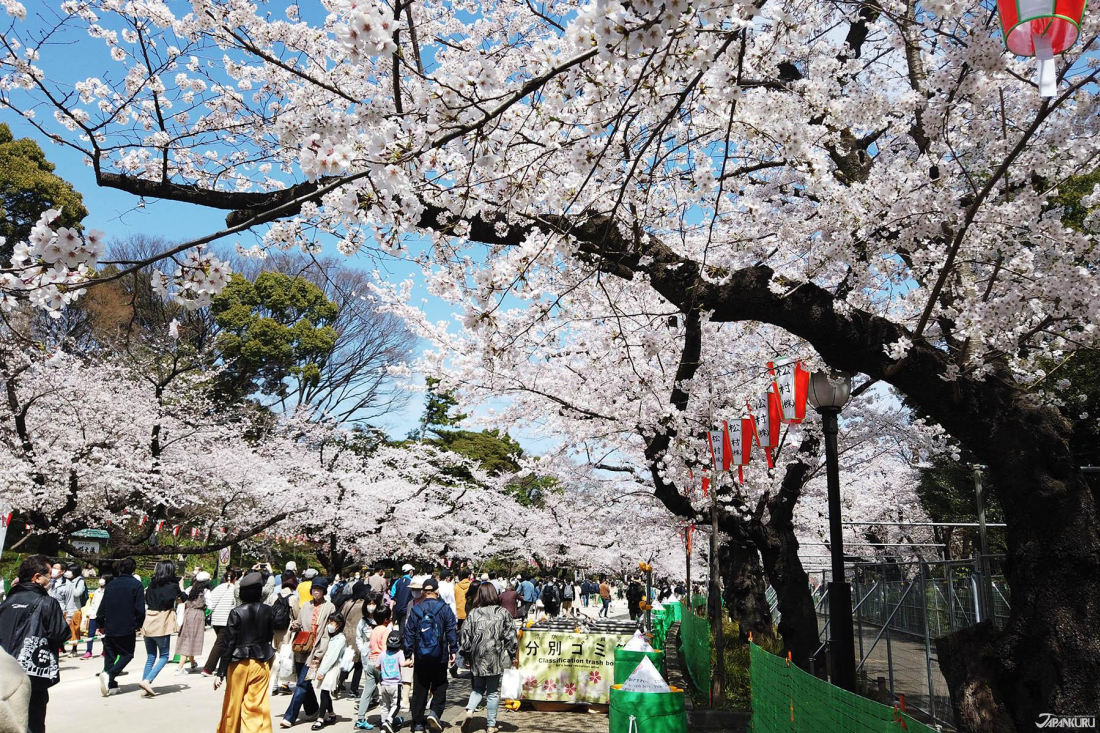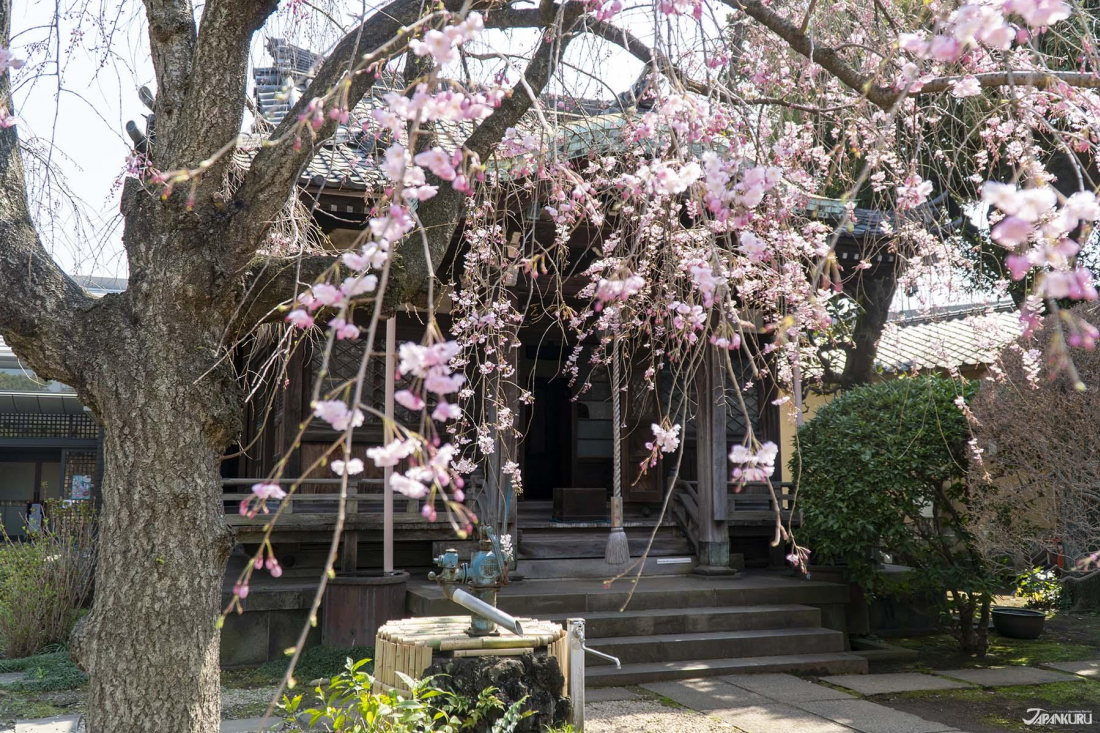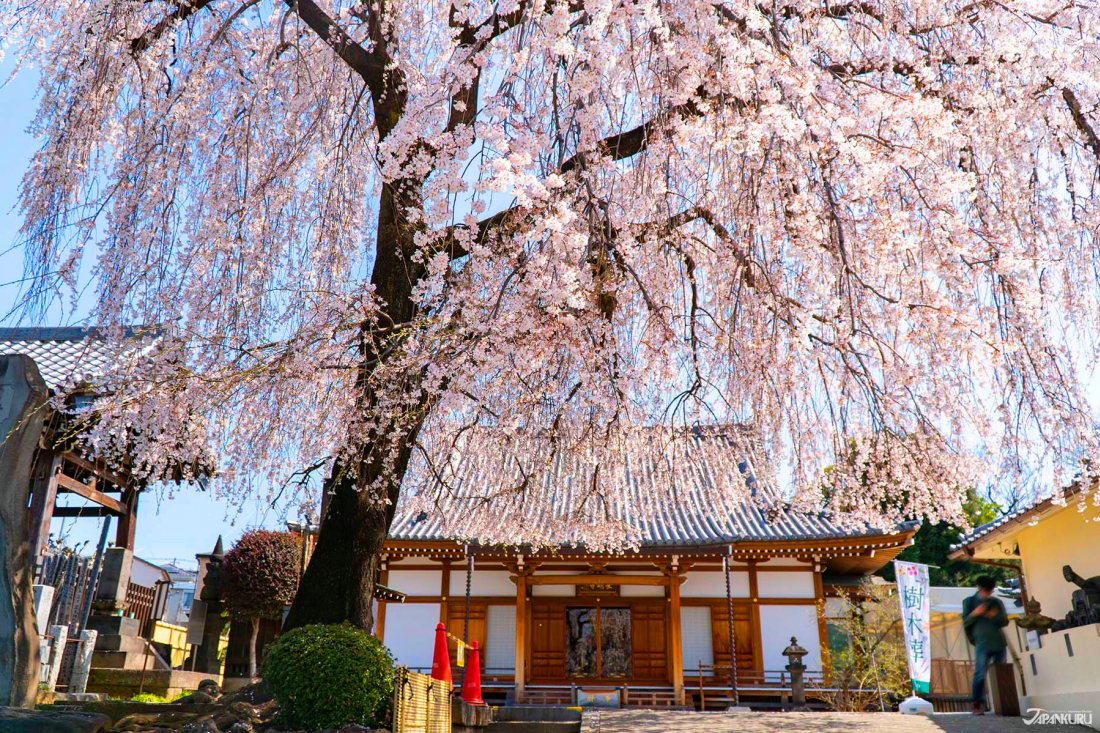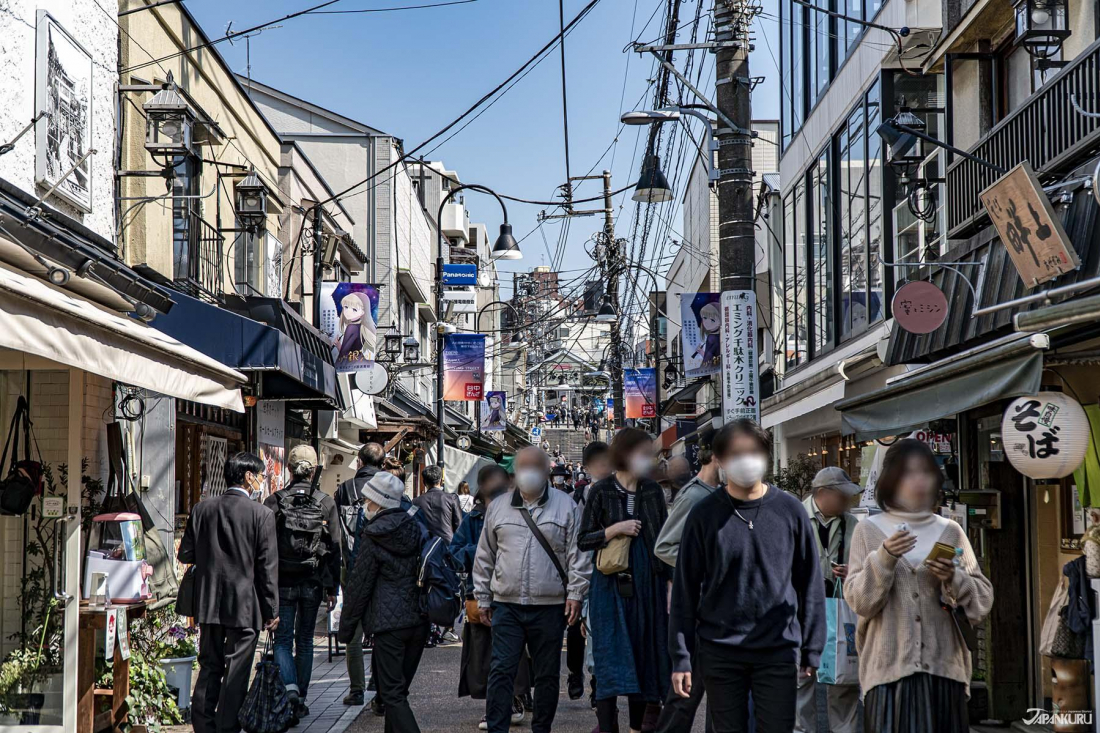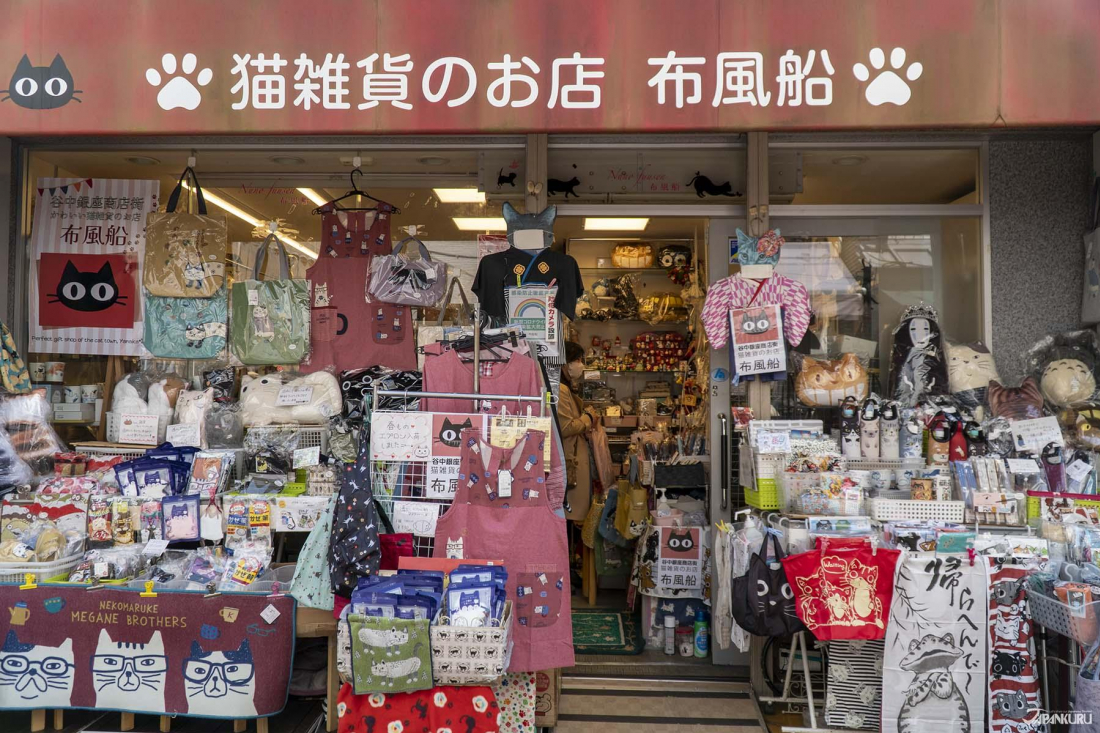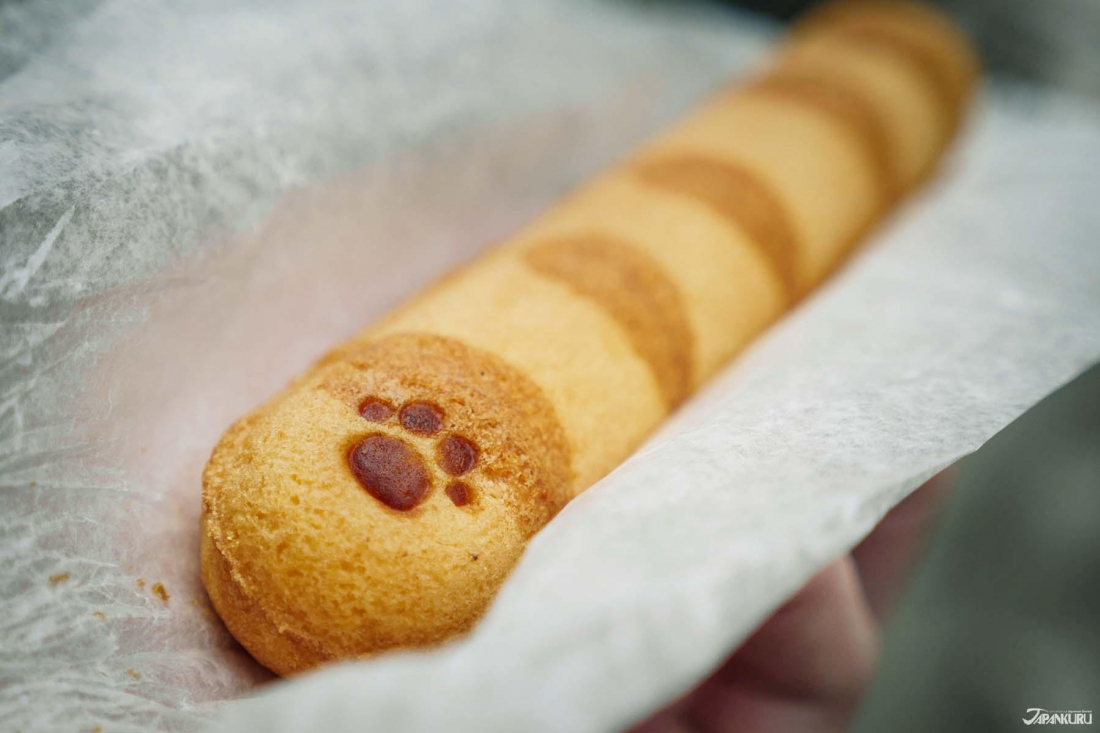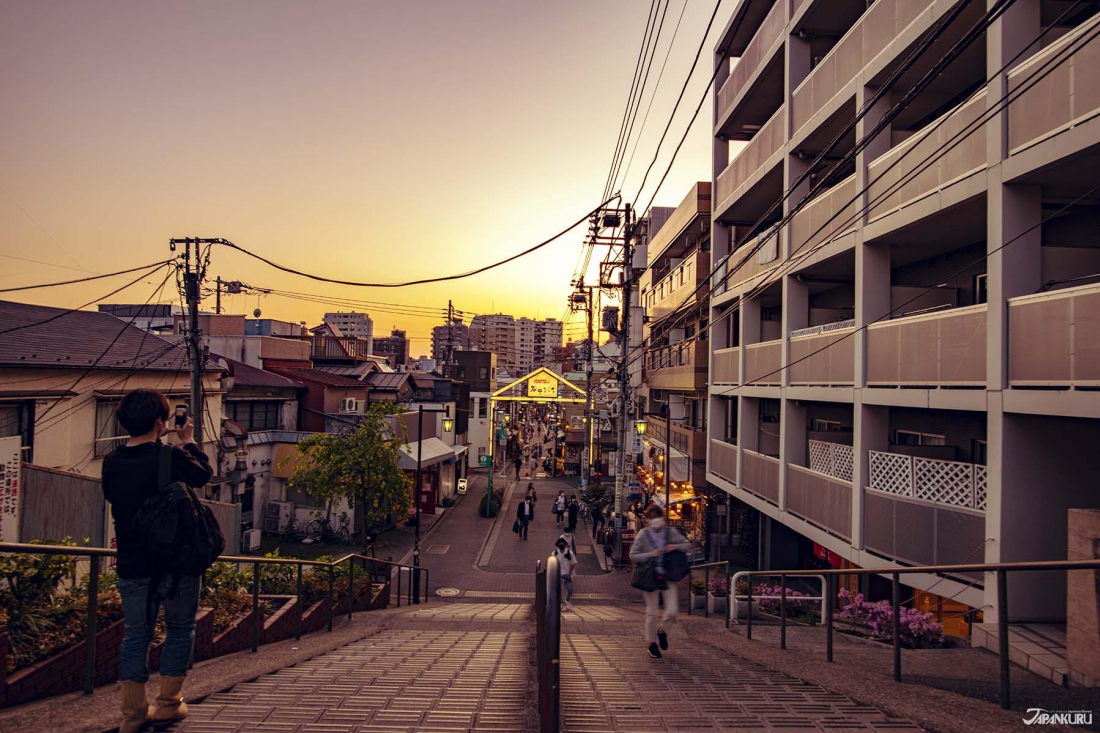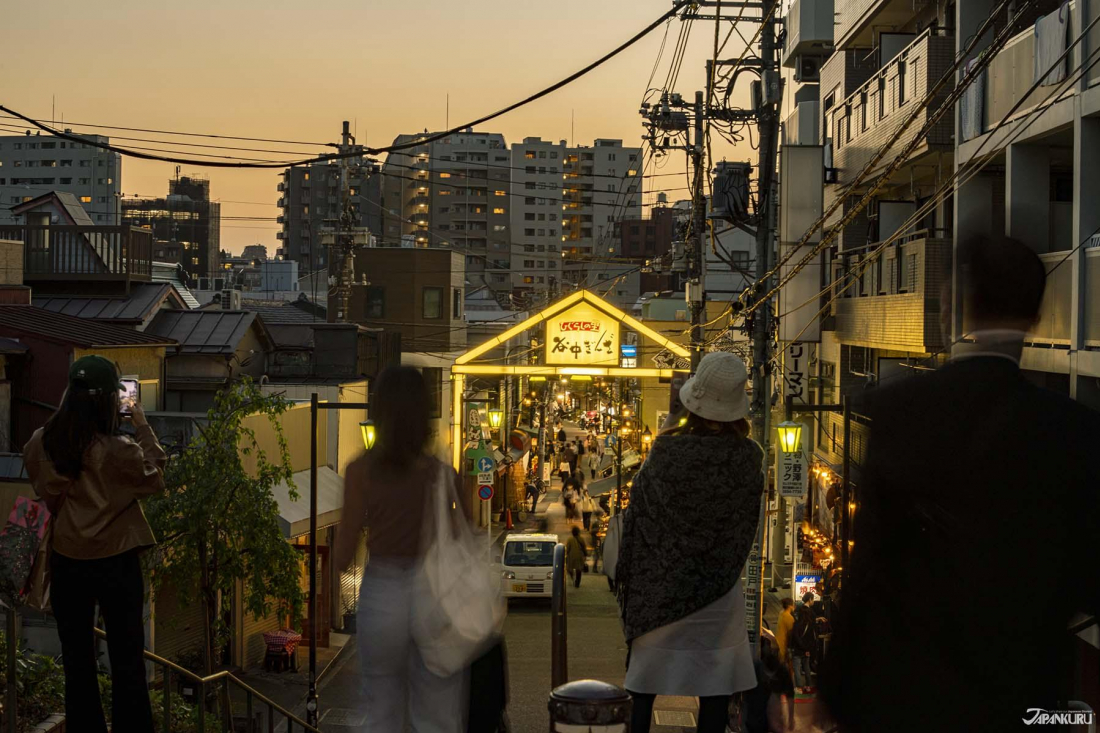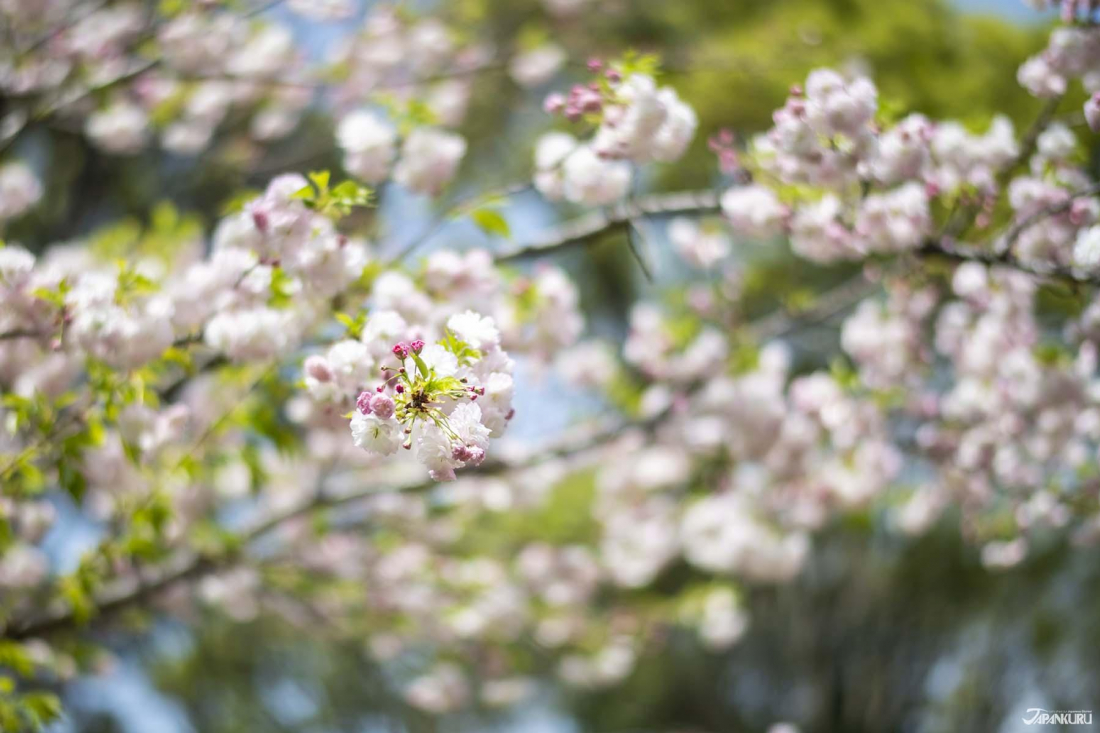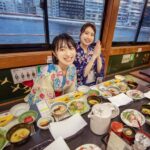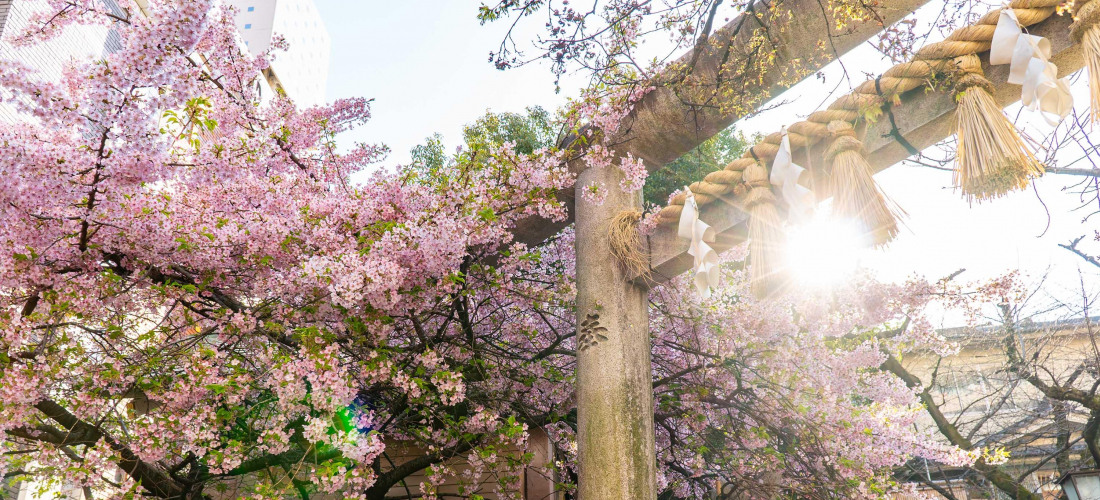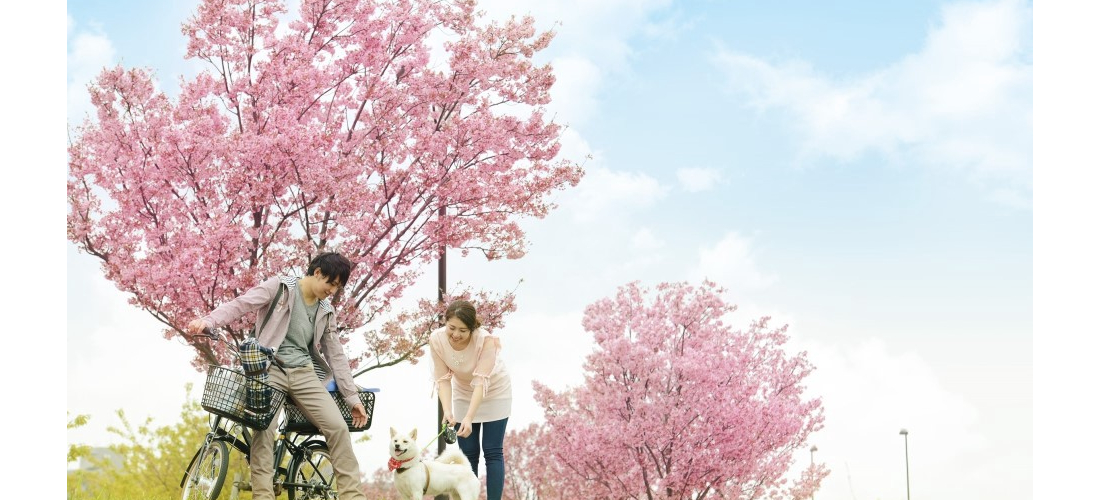CONTENTS
Spring is coming to Tokyo! Try this Tokyo cherry blossom route to explore Ueno and beyond, with popular go-to spots and local favorites too.
See Tokyo with This Cherry Blossom Tour
In Tokyo, cherry blossom season is in the air, and each warm spring breeze seems to bring the flowers closer to full bloom. Soon, this busy city will be submerged in waves of pale pink, turning the whole urban metropolis into a sea of flowers. The cherry blossom lined paths of Ueno Park and other major sakura spots will be flooded with sightseers, photographers, and flower lovers in no time. Cherry blossom season attracts crowds of locals and travelers alike every year, giving everybody a chance to get outside, enjoy the fresh spring air, and appreciate the beauty that comes with the changing of the seasons. In a city like Tokyo, there are lots of different ways to enjoy these pretty pink flowers, from crowded hotspots to quiet little oases. To make the most of Tokyo's cherry blossoms, join us on this route around the Ueno area.
Tokyo Cherry Blossom Spot ① Ueno Park
Our first stop on this tour is one of the most famous cherry blossom viewing spots in all of Tokyo, and a landmark throughout the year: Ueno Park. Located in the heart of Tokyo, Ueno Park is quite easy to get to from just about anywhere in the city, so it's a popular choice for urbanites who want to enjoy a little bit of nature without having to go to far. (It's also a convenient place to start this tour!) Every spring, cherry blossom trees all over the park come into bloom, lining the main paths and surrounding Shinobazu Pond, and people come from all over the world to admire them.
Ueno Park is a sprawling collection of paved paths, green islands, reedy ponds, and more than 1,000 total cherry blossom trees. The park's iconic central boulevard is lined with the variety of cherry blossom called Somei Yoshino (ソメイヨシノ), the most common variety in Tokyo, known for its classic shape and pale color bordering on white – but other varieties can also be found in other spots. Dotted around the green spaces where picnickers gather, and planted around Shinobazu Pond, there are also other varieties like the early-blooming Kanzakura (寒桜), and the many-petalled Kanzan cherry blossom. In recent years, a brand new variety of cherry blossom was even discovered in Ueno Park, and a public vote earned it the name "Ueno Shirayuki Weeping Cherry Blossom" (上野白雪枝垂桜), literally "Ueno snow white" due to its pretty white flowers. Part of the fun of this park is wandering the paths and finding all the unique varieties!
During cherry blossom season, Ueno Park gets very busy and any space that's not a walking path is usually covered with picnic blankets (or more often, blue tarps called "blue sheets") and crowded with traditional "hanami" gatherings where friends and family come together to eat, drink, be merry, and enjoy the pretty flowers all at once. But the usual Ueno Park attractions are also still around in spring! If the flowers aren't enough to attract you on your own, you can also visit Ueno Zoo, or one of the many art, science, and history museums in Ueno Park.
Ueno Park (上野恩賜公園)
Uenokoen, Taito City, Tokyo
Official Website (en)
Tokyo Cherry Blossom Spot ② Yanaka Cemetery
For the rest of this local tour, we'll leave central Ueno and move into an area called Yanesen, which takes its name from the three neighborhoods it encompasses: Yanaka, Nezu, and Sendagi. It's an area known for quaint shopping streets from decades past, mixed with trendy cafes and artsy shops, with an overall relaxed vibe that makes it feel very different from the high-energy excitement of somewhere like Ueno Park. To get to Yanesen and arrive at our next stop, you can either stroll past a series of temples and the Tokyo University of the Arts campus on a pleasant 10 or 15-minute walk, or you can take the train. Keisei and JR have stations on either end of Ueno Park with trains that will take you to right to Nippori Station, and from there it's a couple minutes on foot to Yanaka Cemetery.
"We're going to a cemetery!?" might be what's going through your head right now, but in Japan visiting a cemetery isn't particularly morbid or gloomy. These places may have rows of headstones and monuments, but they also have plenty of trees and walking paths, and many people treat them like public parks. In Japan, people are respectful of the graves, but they also enjoy the sunny roads and the peaceful atmosphere of local cemeteries, and it can be refreshing to face the dead without such a heavy heart.
And so, Yanaka Cemetery has long been a popular cherry blossom viewing spot with locals in the Yanaka neighborhood, and in recent years the secret has leaked to cherry blossom lovers outside Yanaka as well. This quiet spring sanctuary in the modern metropolis of Tokyo offers its own boulevard of cherry blossom trees, with the long branches almost touching overhead to create a tunnel-like effect, and the landscape of the cemetery is dotted with smaller trees. The tombstones of Japanese historical figures and the fresh new life of the blooming flowers mix together for a unique kind of otherworldly beauty.
For visitors looking for a more spiritual experience, the cemetery was built as a part of Tennoji Temple, which still sits at one end of the main road. Nearby, the Anryuin Temple buildings also sit on the edge the edge of the green space. The temples each have their own cherry blossom trees, and beyond their temple gates they offer a slightly different kind of tranquility.
The main road is largely dominated by Somei Yoshino cherry blossoms, just like the paths in Ueno Park, which means the two spots will largely be in full bloom at the same time. The roads of flowers might be similar between the two places, but the atmosphere is entirely different!
Yanaka Cemetery (谷中霊園)
7-5-24 Yanaka, Taito City, Tokyo
Official Website (jp)
Tokyo Cherry Blossom Spot ③ Chomyoji Temple
Less than five minutes on foot from Yanaka Cemetery, Chomyoji Temple is a hidden treasure, tucked quietly away in the back streets near the lively Yanaka Ginza shopping street. During most of the year, the temple is a pleasant but unremarkable little place, much like so many local temples all around Japan. But in the spring, it is overtaken by one enormous, breathtaking weeping cherry blossom tree, that's enough to stop any passerby in their tracks.
Like the nearby cemetery and its temples, Chomyoji is a quiet place to enjoy the flowers, and thanks to its small scale it's still something of a well-kept secret. Of course, when the temple's cherry blossoms are in full bloom and the weather is nice, there are inevitably always a handful of photographers quietly taking pictures of the tree's glorious weeping branches. When faced with the impact of this gorgeous cherry blossom tree, it's hard not to join them and take picture after picture.
Chomyoji Temple (長明寺)
5-10-10 Yanaka, Taito City, Tokyo
Tokyo Cherry Blossom Spot ④ Yanaka Ginza Shopping Street
Worked up an appetite admiring all those flowers? Ready for something a little different from parks and temples? End your cherry blossom tour with a trip to Yanaka Ginza, a retro market street that dates back to the 1940s, just a couple blocks from Chomyoji Temple. The busy street has a distinct air of Showa-era Japan (1926-1989), and new shops mix with old family businesses that have been around for more than half a century, with shops selling everyday goods, handicrafts, and plenty of tasty street food. Far from the tranquility of the nearby cherry blossom spots, strolling along the 400 meters of Yanaka Ginza feels a little bit like stepping into the Tokyo of the past – a whole world away from the steel and glass of more modern parts of the city. Snack on Japanese treats like dango or dorayaki, and look for a fun souvenir or two to remember this unique spot by.
If the retro charm of Yanaka Ginza isn't enough to tempt you, you might be interested to learn that a unique theme has crept up all around the street in recent years: cats. Inspired by the stray cats who sun themselves on walls and other warm surfaces around the neighborhood, there are cat decorations all along the way, and plenty of cat-themed merchandise to be found. There are even little cat paw cakes!
If the timing is right, you won't want to miss Yanaka Ginza at the end of the day. Shops along the street tend to close early, but the street comes alight at sunset, and the steep set of stairs at one end of the road is the perfect place to look out on the picturesque scenery of a brilliant sunset coming to rest behind the quaint little street. What better way to end a day in Tokyo?
Yanaka Ginza (谷中銀座)
3-13-1 Yanaka, Taito City, Tokyo
Official Website (jp)
Start Spring with a New Adventure
"Spring in Tokyo isn't just a new season – it's also a time to get out there, explore, and try something new, and for us at Japankuru that means searching out new and surprising places to enjoy all of Japan's seasonal beauty. From the lively crowds of Ueno Park to the quiet calm of Yanesen's most beautiful cherry blossom spots, and even the old-fashioned fun of Yanaka Ginza, even a little walk around just one part of Tokyo can show you the variety of what this city has to offer. Every neighborhood has something new, so we hope this spring you'll join us as we head out on new cherry blossom adventures. When the season ends, the cherry blossoms will drift away in a flurry of petals, but the memories of Tokyo will always stick with us!
For more info and updates from Japan, check Japankuru for new articles, and don't forget to follow us on X (Twitter), Instagram, and Facebook!"
Details
NAME:Ueno (上野)
PROFILE
Stories from Japankuru's Taiwanese staff.
COMMENT
FEATURED MEDIA
VIEW MORE
・Accommodations for Odaiba Sightseers: Mitsui Garden Hotel Toyosu PREMIER ・住宿推薦 三井花園飯店 豐洲普米爾 ・오다이바 관광 맞춤 숙소: 미츠이 가든 호텔 토요스 프리미어 ・ค้างคืนที่ Mitsui Garden Hotel Toyosu Premier โรงแรมสำหรับผู้มาเยือน Odaiba #japankuru #odaiba #tokyo #tokyotrip #japantrip #japantravel #mitsuigardenhotel #mitsuigardenhoteltoyosupremier #tokyohotel #odaibahotel #toyosu #tokyoview #tokyobay #rainbowbridge #미츠이가든호텔토요스프리미어 #오다이바 #오다이바맛집 #오다이바건담 #오다이바해변공원 #오다이바야경 #오다이바온천

Nagano Prefecture is famous for delicious soba noodles, and in the city of Ueda, you can learn from the experts! Local aunties run this cooking class, teaching you everything you need to know to make your own delicious plate of soba noodles entirely from scratch. #japankuru #soba #sobanoodles #japanesefood #travelexperience #japan #japantrip #ueda #nagano #japaneseculture #japanexperience #daytrip #daytour #cookingclass #japanesecookingclass #上田市 #そば作り #소바체험 #우에다시 #나가노여행 #일본소바

Kuramae Shrine is known for its early-blooming cherry blossoms and its gorgeous golden mimosa blooms, making it a great sakura spot for travelers arriving in Tokyo a little early for the main cherry blossom season. It’s also tucked away in a neighborhood packed with trendy cafes and coffee shops. Kuramae is a lovely place to spend the day. 🌸☕️ ・ #japankuru #kuramaeshrine #kuramae #tokyo #tokyotrip #cherryblossom #cherryblossoms #mimosa #tokyocherry #花見 #蔵前神社 #ミモザ #桜 #東京 #Japan #日本 #일본 #Japon #ญี่ปุ่น #Japão #Japón #япония #japantravel #日本旅行 #日本旅遊 #일본여행 #japan_of_insta #japantrip #traveljapan

Local Japanese Favorites at the Okinawa Don Quijote ② Ohta’s Isan, the digestive aid of the Japanese people ・ ・ 2024唐吉訶德不可不知的好物推薦② 日本國民消化小幫手:太田胃散 ・ ・ 오키나와 돈키호테 숨은 꿀템2. 일본 국민 소화제! 오타이산 #japankuru #okinawa #donki #沖縄 #오키나와 #오키나와여행 #오키나와돈키호테 #일본쇼핑리스트 #오타이산 #일본소화제 #太田胃酸 #ohtasisan

Happy Valentine's Day from the Japankuru team! May your day be full of sweet chocolates and sweet nothings. 💕 Or, if you're like a rising number of women in Japan, take the opportunity to treat yourself! 🍫💝💆 • Find out more at Japankuru.com! (Link in bio.) • #japankuru #valentinesday #valentineschocolate #japanesechocolate #japaneseculture #バレンタイン #バレンタインチョコ #メリーチョコレート #Japan #日本 #일본 #Japon #ญี่ปุ่น #Japão #япония #japantravel #日本旅行 #日本旅遊 #일본여행 #japan_of_insta #japantrip #traveljapan #japan🇯🇵 #japanlife #igerstokyo #explorejapan #japanfocus #enjoyjapan #japantravelphoto

Japankuru Coupon: BEAMS fashion, accessories, lifestyle goods, and more! BEAMS 5% Discount Coupon ▶︎ Validity Dates: February 1 ~ February 29, 2024 ▶︎ Discount: 5% off all products in-store ▶︎ Usable At: BEAMS stores throughout Japan (all stores except BEAMS JAPAN Izumo and BEAMS JAPAN Nikko) ▶︎ Details: Please present this coupon page before payment to receive your discount! This coupon is also valid in combination with tax-free discounts/refunds for foreign tourists. (Tax-free shopping is only available at some BEAMS locations.) Some products may not be eligible for discount. ・ ・ ・ BEAMS - JAPANKURU優惠折扣券 BEAMS 2024年2月限定特別優惠券 店內全部商品95折 ▶︎使用期間:2024/2/1到2024/2/29 ▶︎使用範圍:日本全國店舖 ▶︎使用方法:結帳時請務必事先向店員出示本優惠券,若未出示本優惠券恕無法享有本優惠。本優惠券可搭配免稅優惠一併使用,但不排除特定門市無法使用本優惠券。此外,不排除特定商品不適用本優惠券。 ・ ・ ・ 「빔즈(BEAMS) x 재팬쿠루(JAPANKURU)」스페셜 할인 쿠폰 빔즈(BEAMS) 5% 할인 쿠폰 ▶유효기간: 2024년 2월 1일 ~ 2월 29일(한 달 동안) ▶︎할인율: 매장 내 전 상품 “5% 할인" ▶︎해당 매장: 일본 전국 빔즈 (BEAMS) 매장 (BEAMS JAPAN이즈모、BEAMS JAPAN닛코는 쿠폰 할인 대상 제외 점포입니다) ▶︎상세 내용: 결제 전 본 쿠폰 페이지를 제시하면 정가대비 5% 할인된 금액에 구매하실 수 있습니다! 본 쿠폰은 외국인 관광객들을 대상으로 하고 있으므로 면세 혜택(빔즈 일부 매장)과 별도로 추가 할인이 가능합니다. (일부 매장 및 제품은 대상에서 제외될 수 있습니다.) #japankuru #beams #beamsjapan #beamsginza #coupon #재팬쿠루 #빔즈재팬 #빔즈 #일본여행 #일본쇼핑 #일본쇼핑리스트 #銀座 #東京 #tokyoshopping #japankurucoupon


